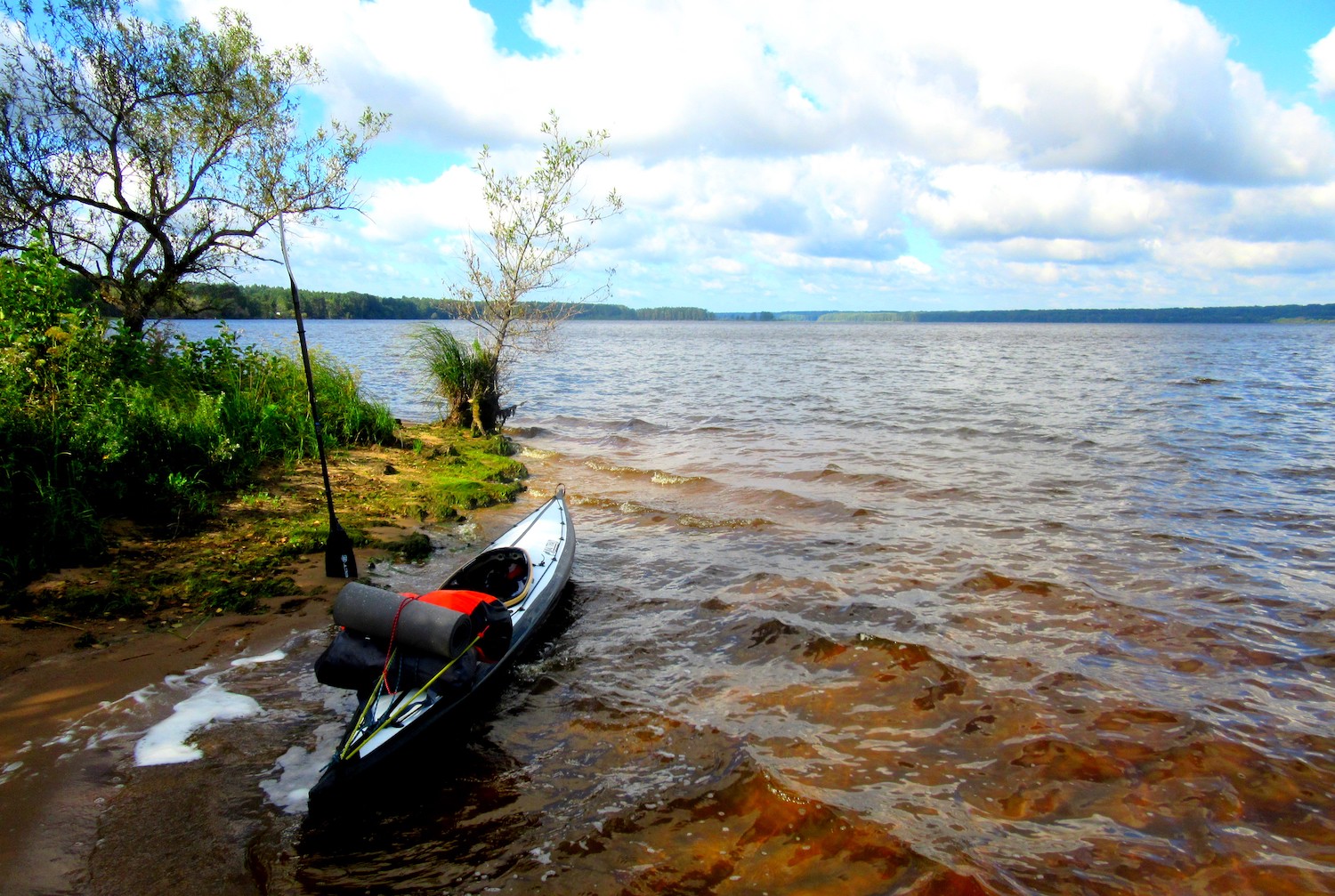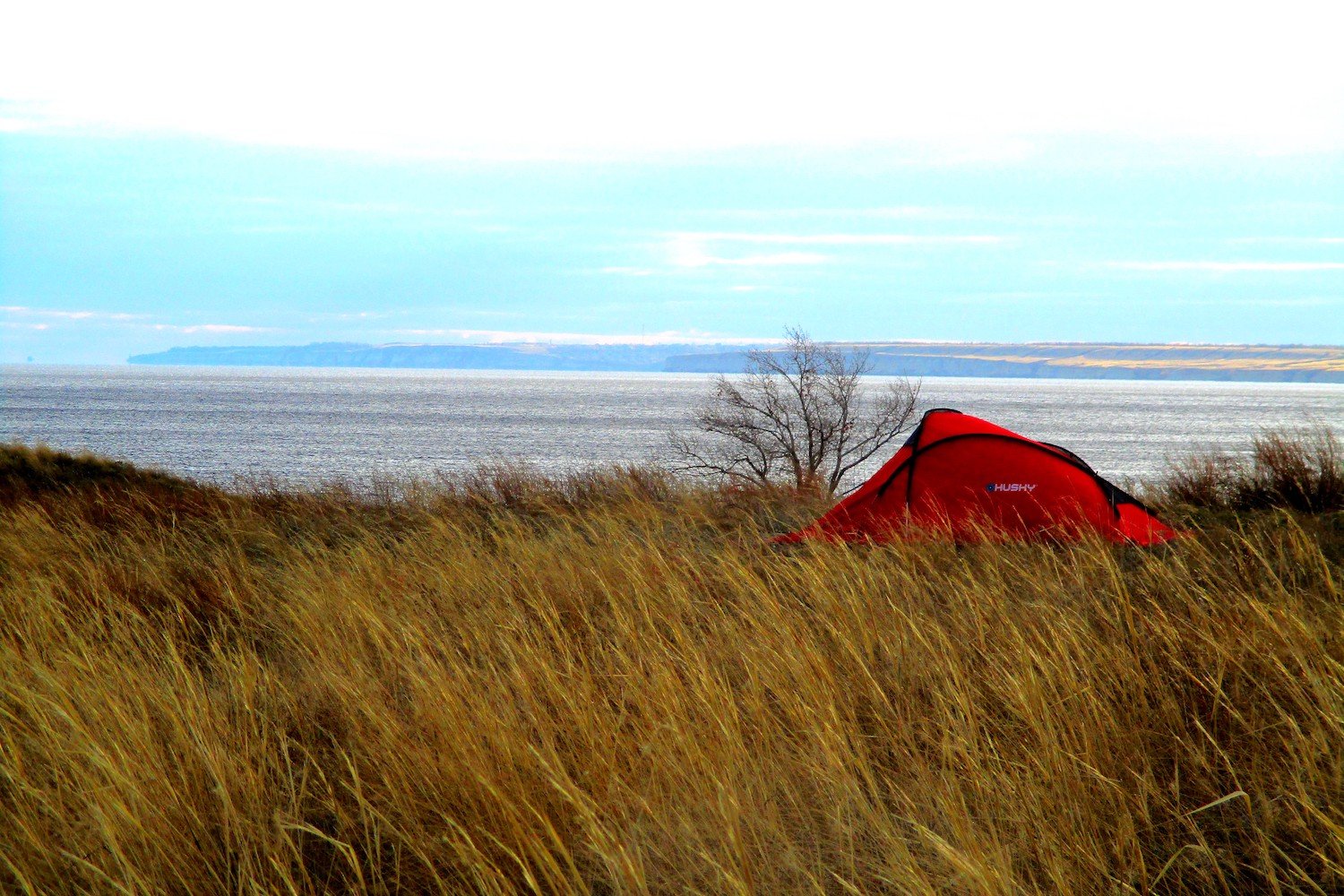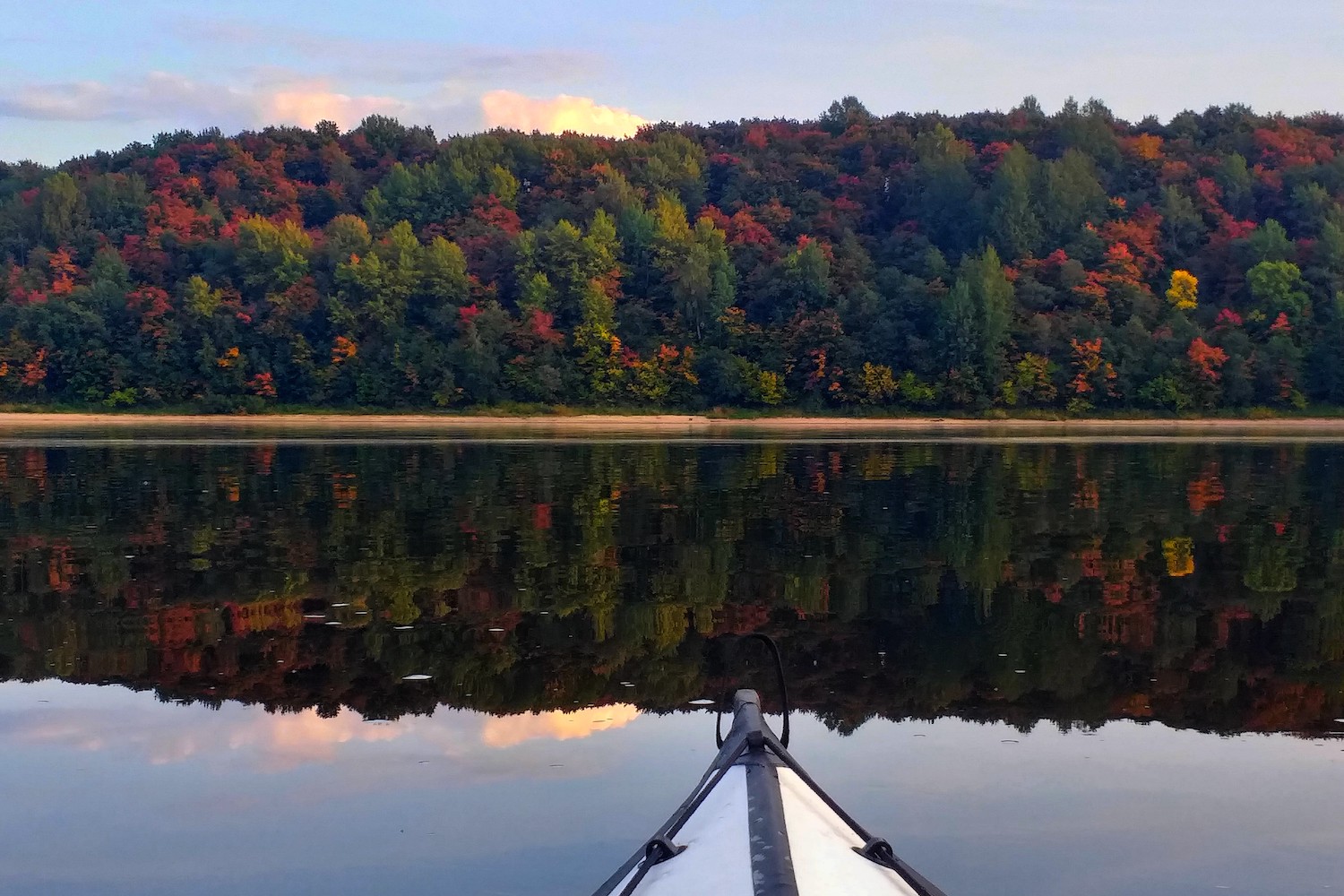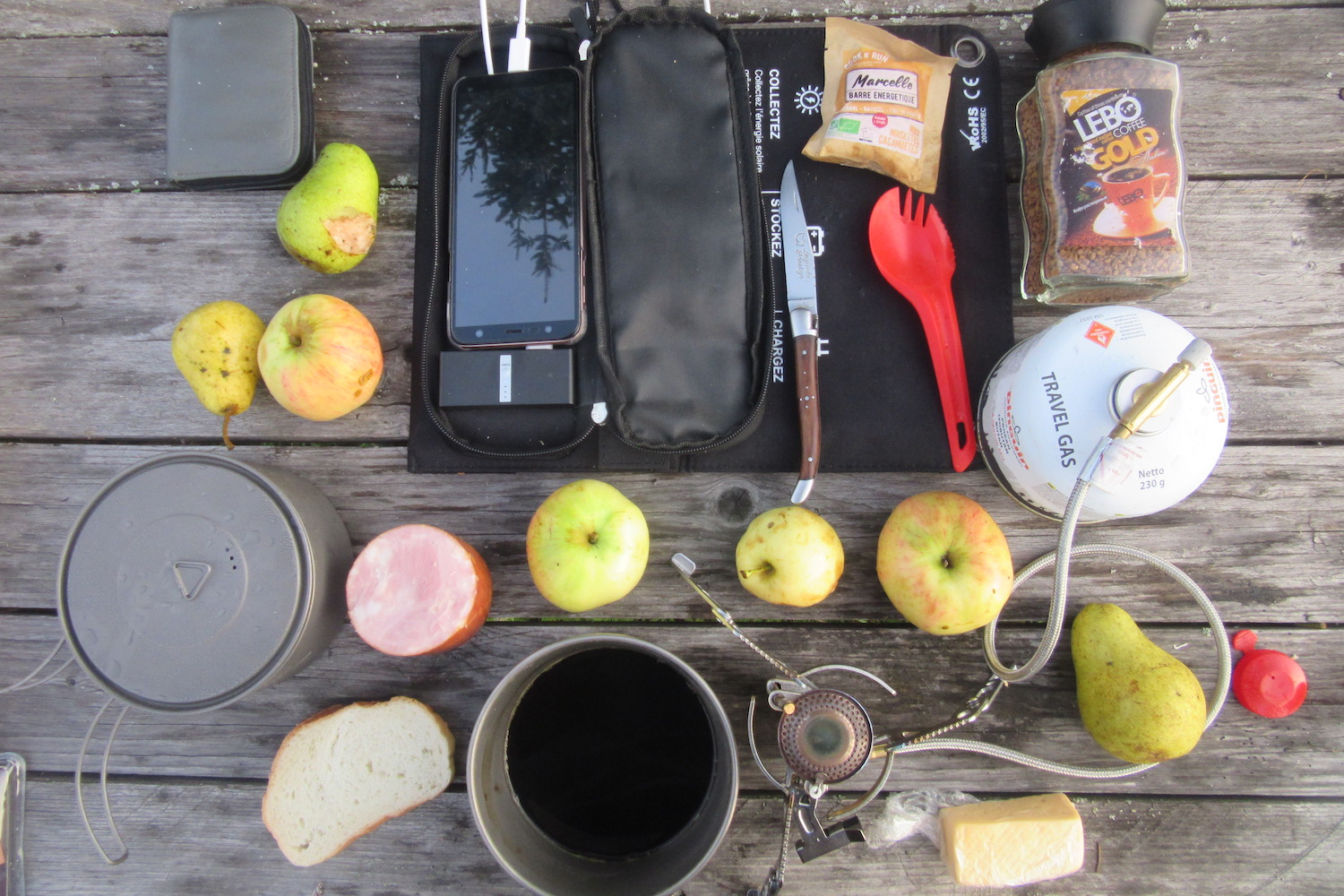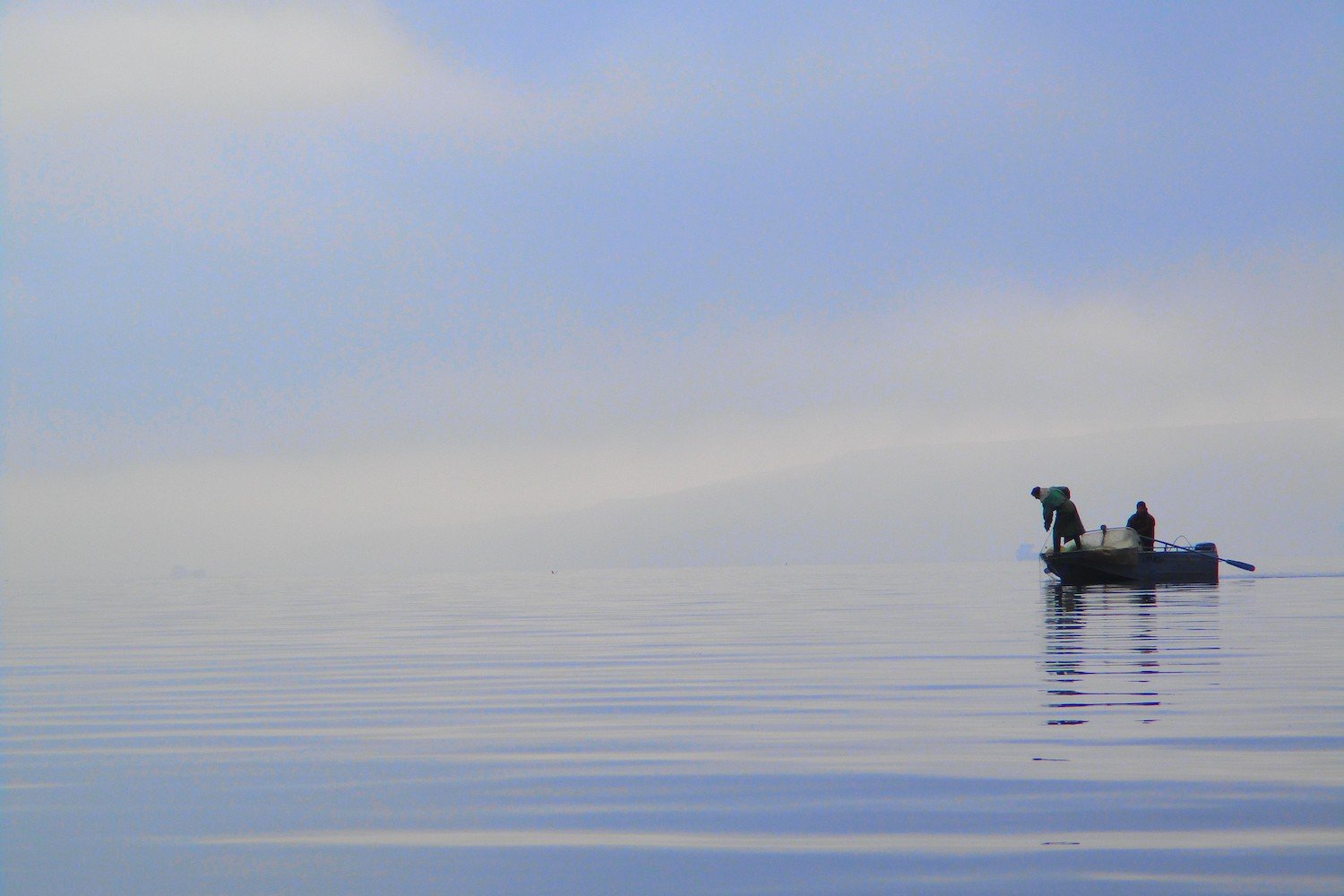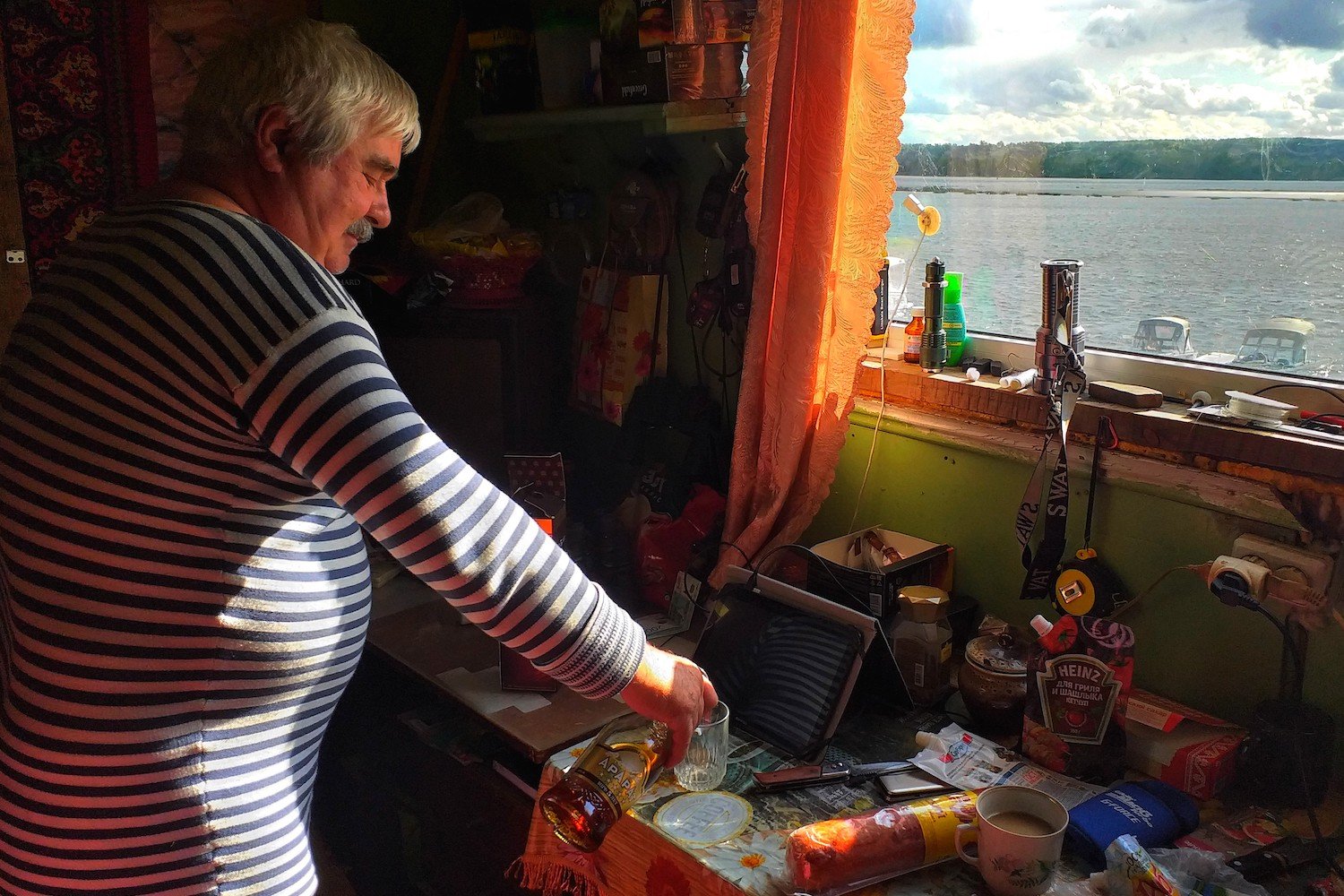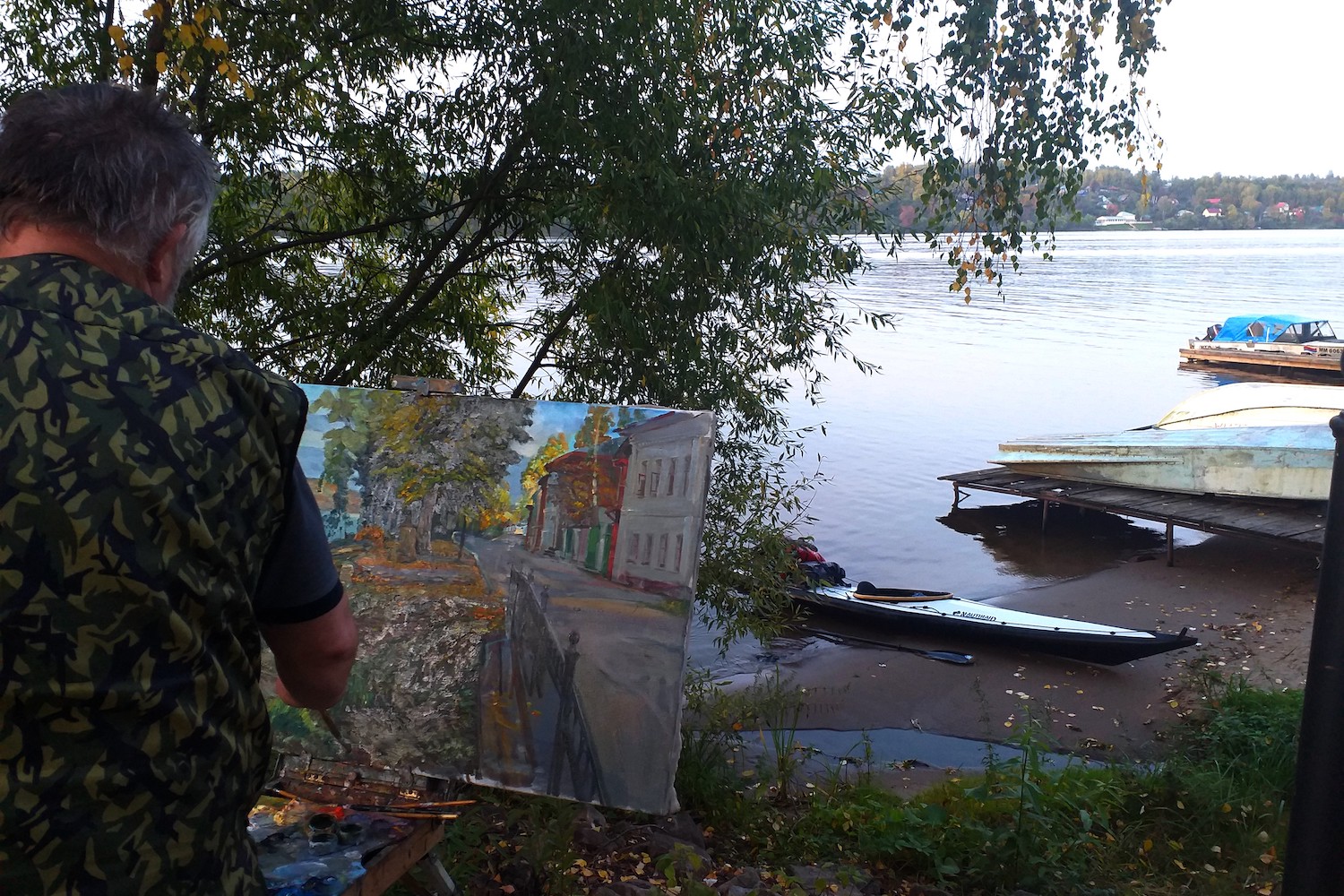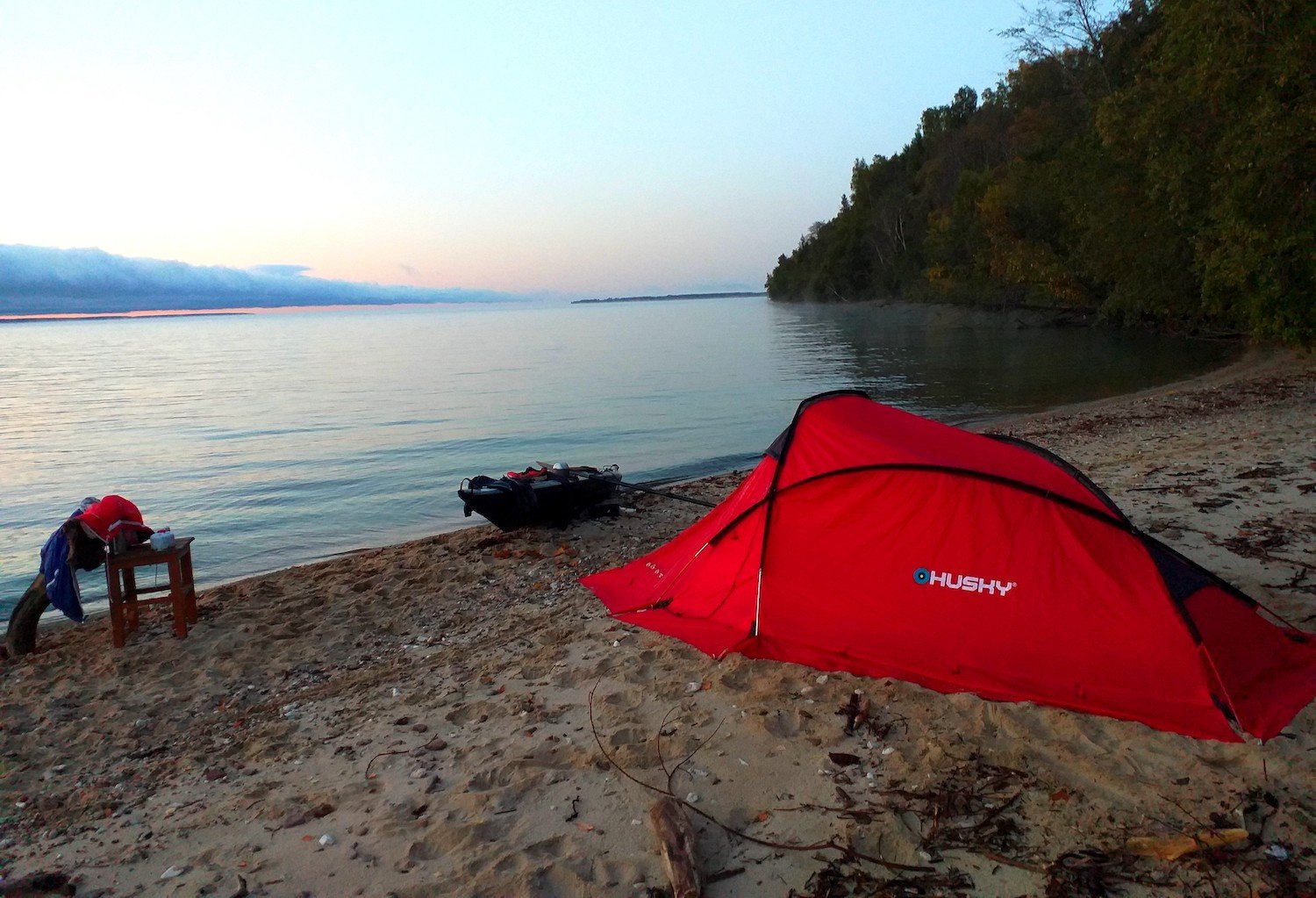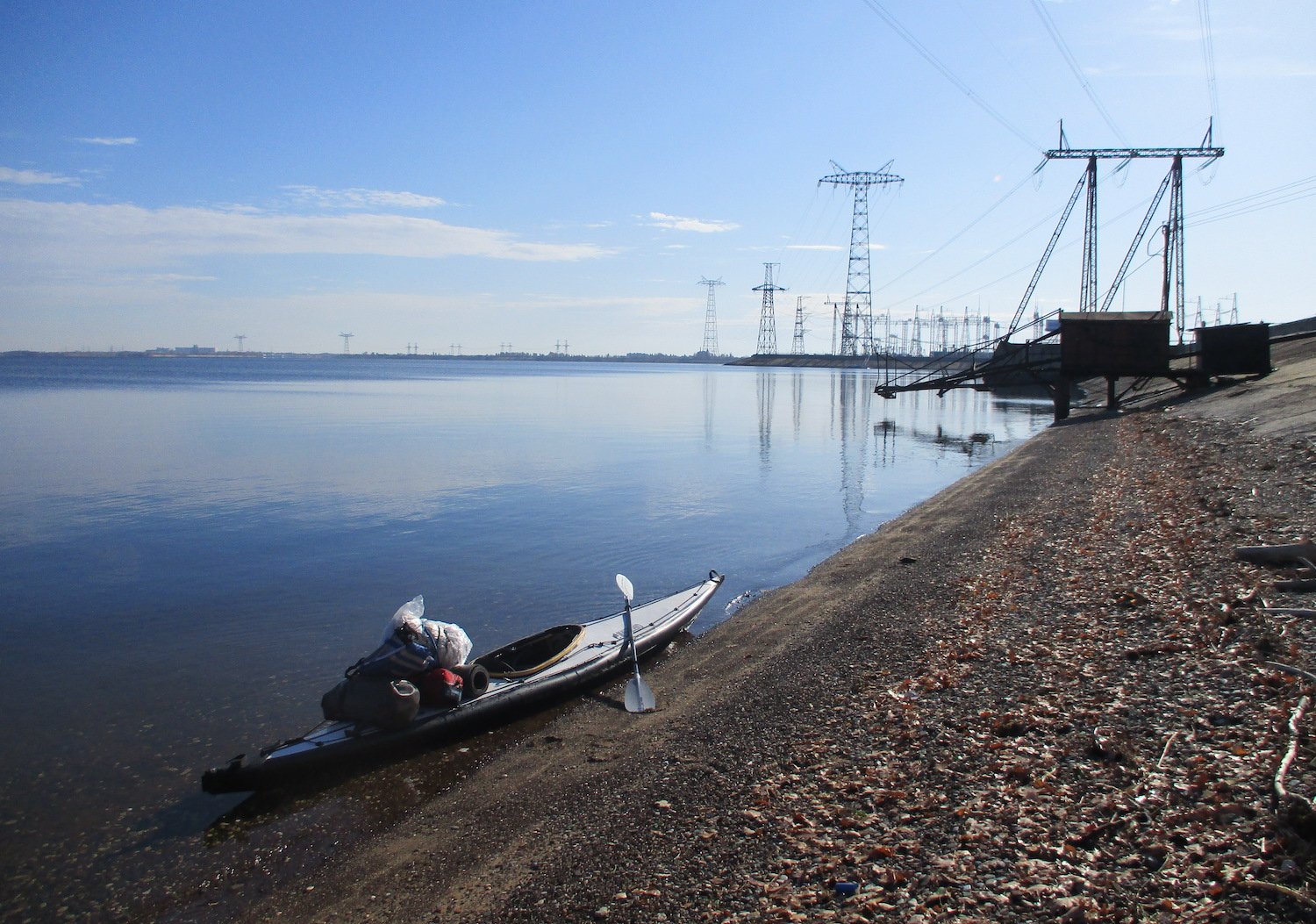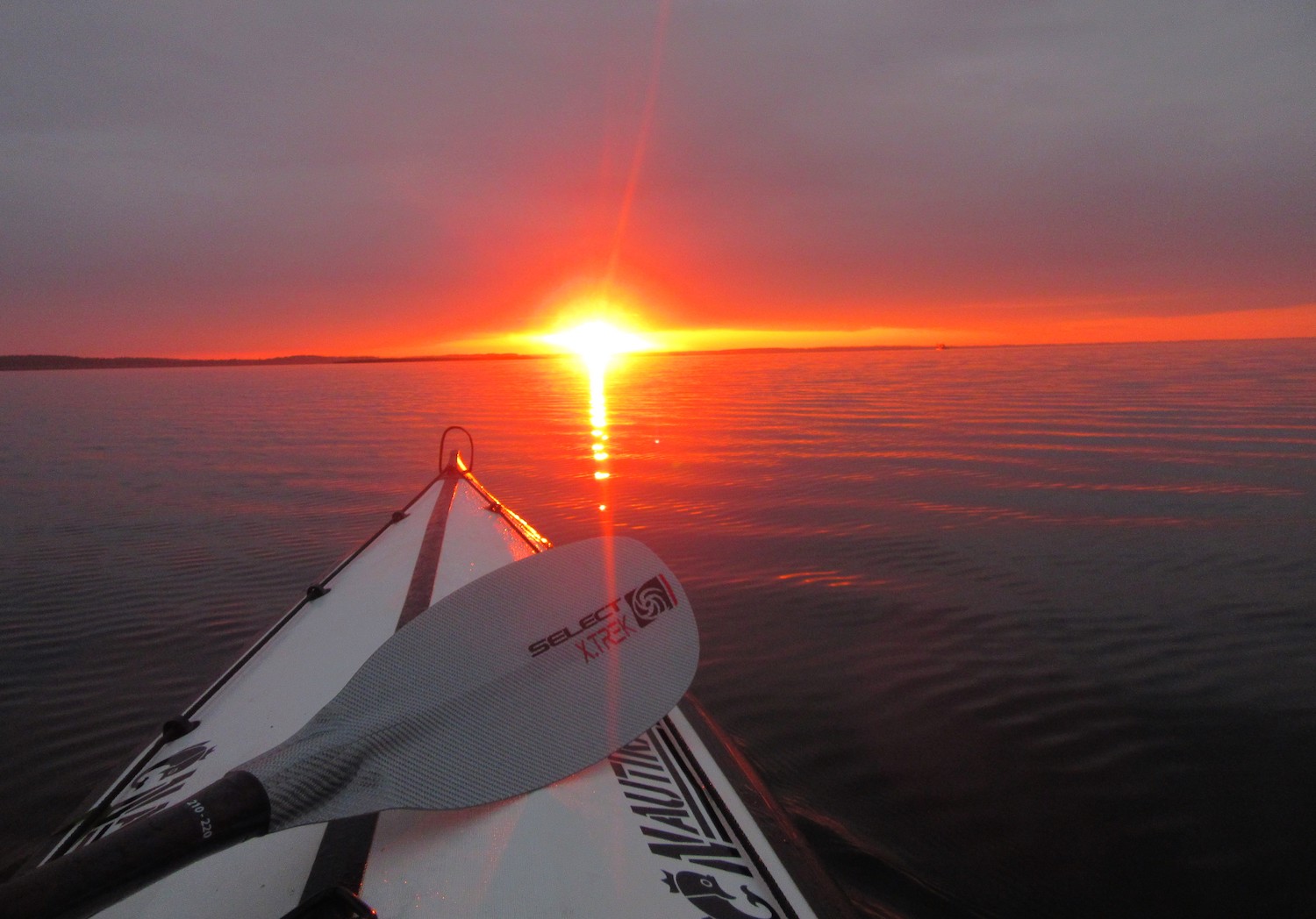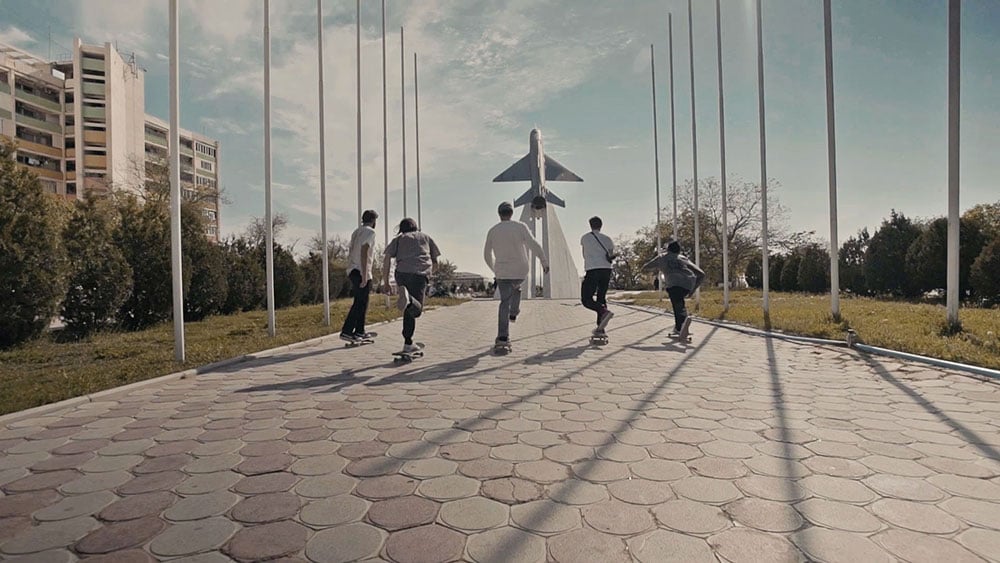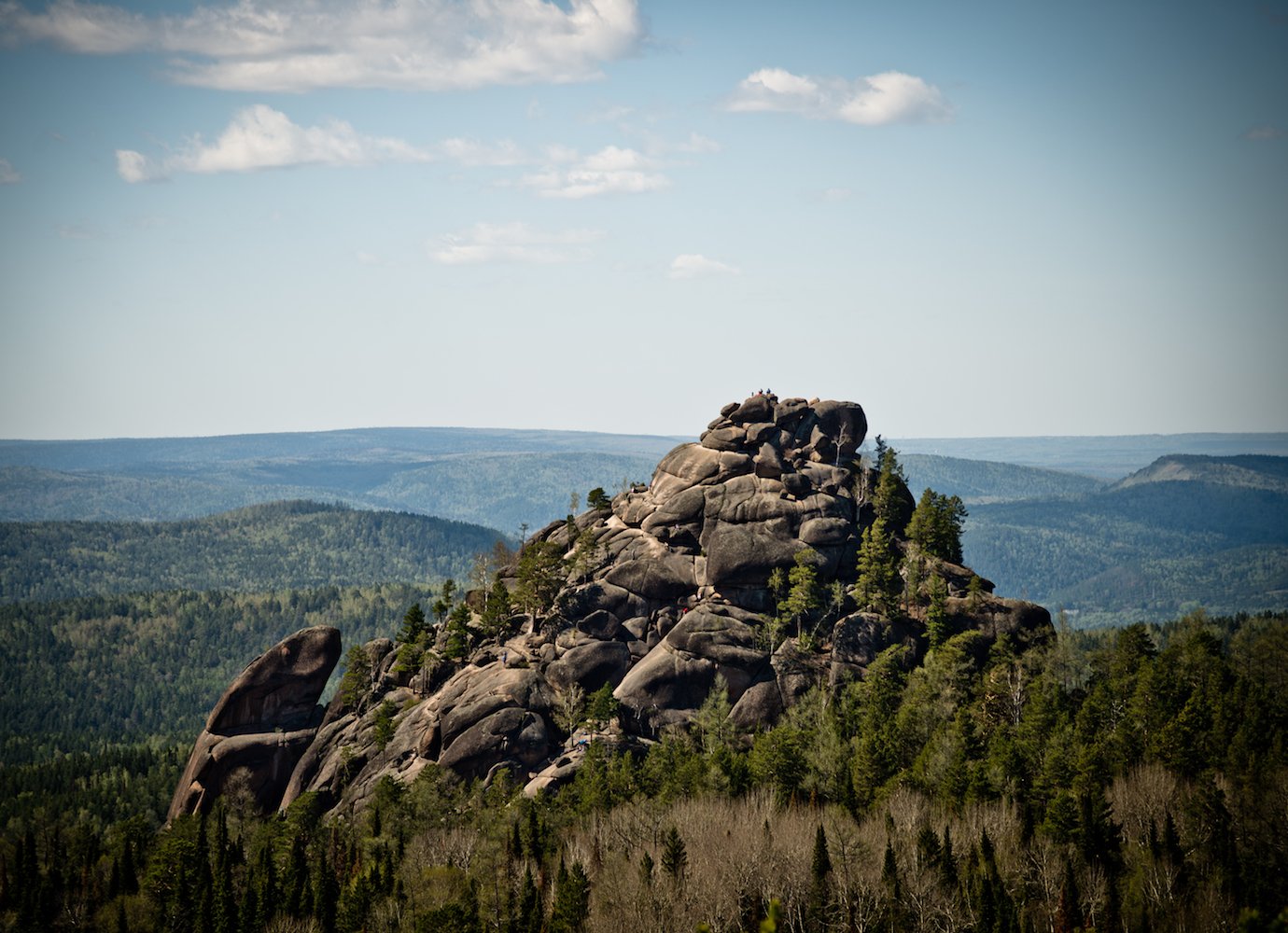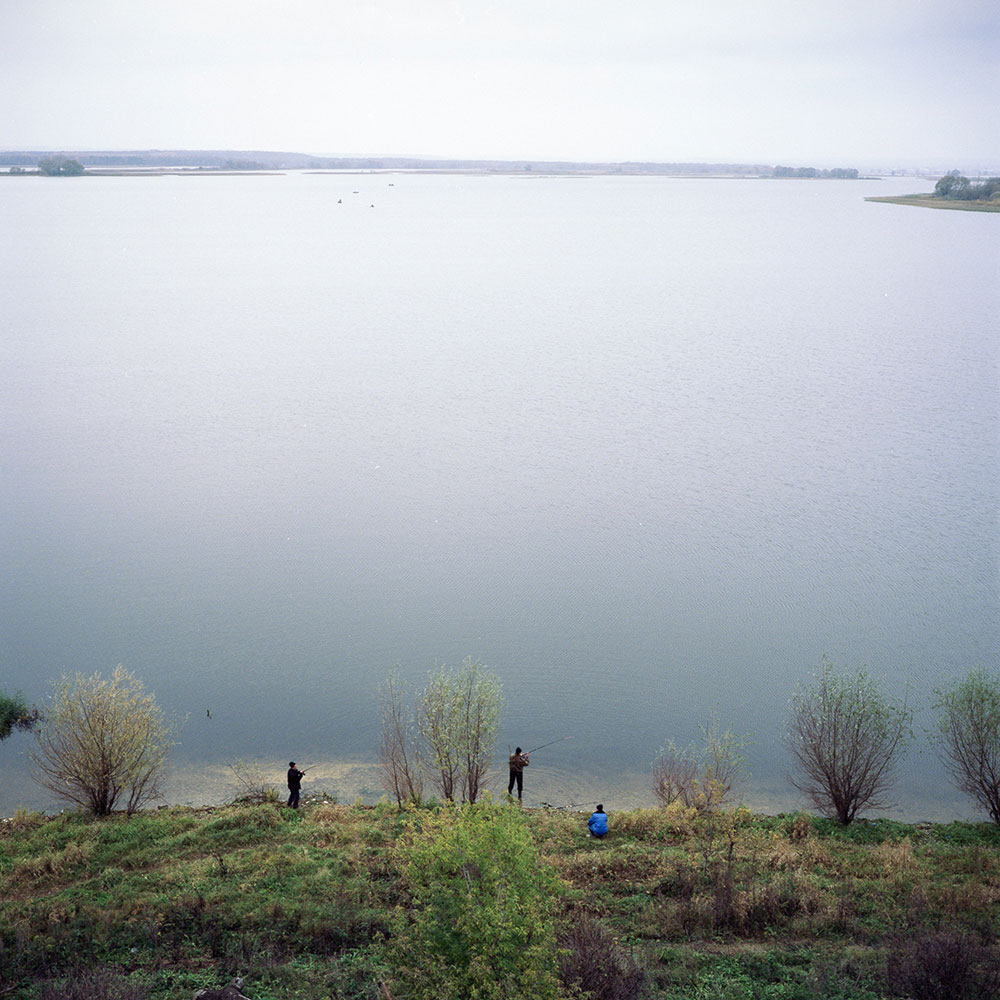How I paddled down the Volga from source to sea
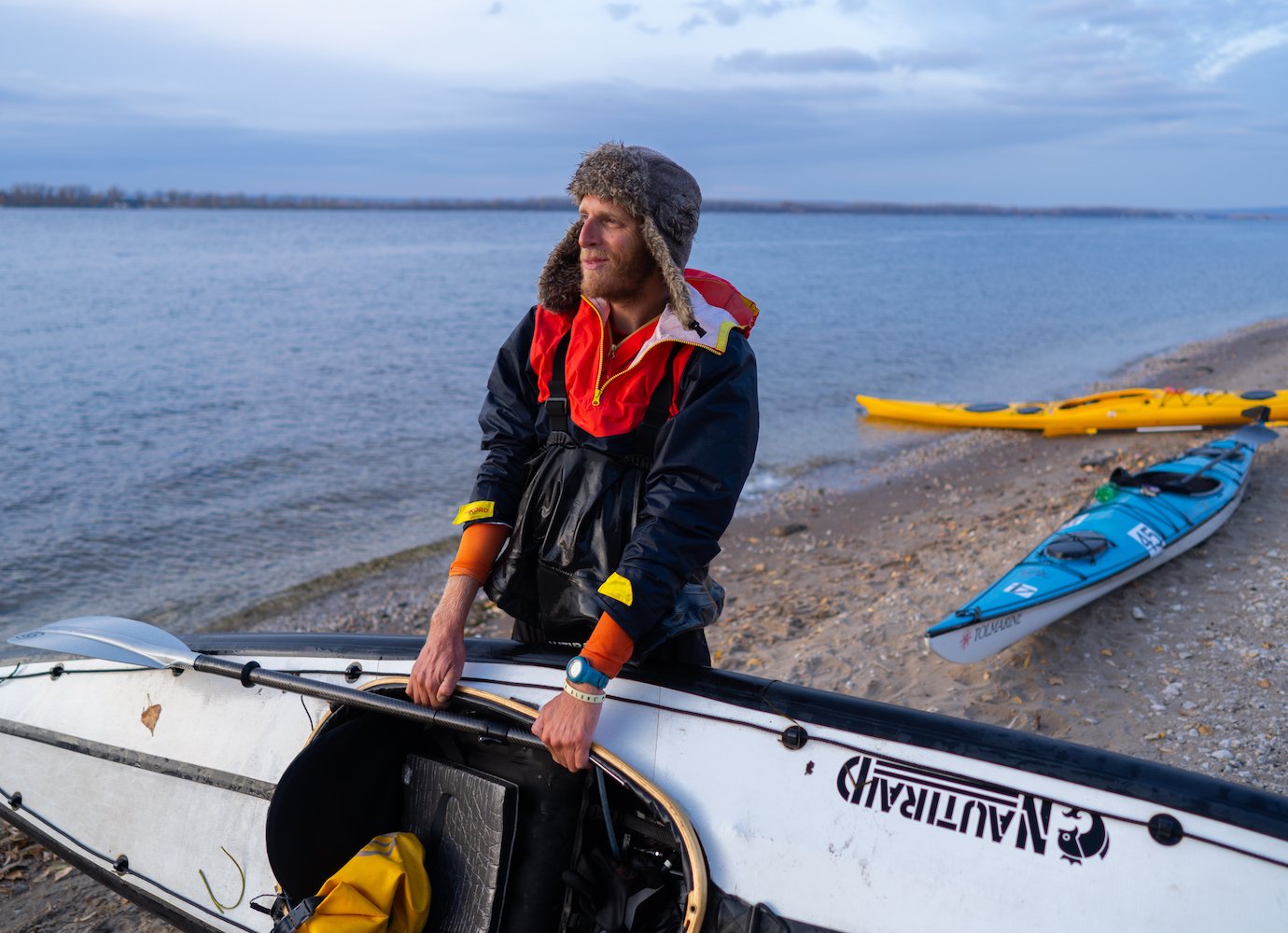
In the late summer of 2019, French athlete Adrien Clemenceau set off on a solo journey by kayak, paddling down the Volga, the longest river in Europe, from its source northwest of Moscow to the Caspian Sea.
In his 1858 book, Adventures in Czarist Russia, French writer Alexandre Dumas gives a fascinating description of the Volga river and the people living on the shores, as he sails down the waterway by steamboat. As an avid kayaker since childhood, I had always dreamed of new river fronts. But after doing some research, I found that very few kayakers had ever paddled down the Volga. Thirsty for new adventures, I decided to retrace Dumas’ steps 161 years later and kayak down the Volga from its source to the Caspian Sea.
The journey started in the woods of Volgoverkhovye. I arrived at night, and fell asleep in my tent, until the glare of dawn woke me up. In front of me, I saw a little gazebo surrounded by tall green birches on a wooden platform: the cradle of the Volga. After wandering for a few hours in the quiet village of Volgoverkhovye, I hitchhiked for 15 km with all my gear to Moseyevtsy. Here, the Volga turns into Lake Sterzh: a navigable water plateau where I prepared my kayak and, on 26 August, I took to the water.
In its upper course, the Volga consists of four large, natural lakes. After crossing a dam near Selizharovo, the channel narrows, surrounded only by pine and larch forests and occasional villages with colourful wooden houses. After passing the town of Rzhev, in the Tver region, the waterway widens and becomes navigable for cargo and cruise ships thanks to the Dubna hydroelectric dam, one of the nine dams that Stalin built on the Volga — with catastrophic human and environmental consequences. Kalyazin, further down the river, is a living testimony of this man-made disaster: once a prominent medieval city, flooding turned it into a ghost town. In the middle of the river, a lone-standing bell tower is the only remainder of its monastery, and of the plethora of nearby villages now drowned under the Volga’s waters.
During the first 20 days of the trip, the late summer heat kept me warm. Then, autumn came, with its magnificent colours and cool breeze. As the first heavy rain fell on Nizhny Novgorod, I stayed at the local kayak house, and climbed up to the tallest hill of the city to admire the view from the city’s Kremlin. I remember reading Jules Verne’s novel Michel Strogoff as a child, where part of the story happens in this city. Standing there felt like an accomplishment, especially after arriving paddling on the river.
Travelling by kayak, it’s easy to go off the tourist trail. However, what undoubtedly enriched my experience were my encounters with locals.
Travelling by kayak, it’s easy to go off the tourist trail. However, what undoubtedly enriched my experience were my encounters with locals, and the openness with which they received me. When I reached the hydroelectric dams, many people helped me to find solutions to go over them, and some even hosted me and used their cars to bring me on the other side, or gave me a hand to transport the kayak. People invited me to take part in events, like in Tver, where I ran the city’s half marathon. In Plyos, a local painter invited me to his workshop, and in Rechma, fishermen welcomed me to sing karaoke in their house. On an island near Bolgar, I stayed for a night in a Tatar farm. When the weather turned cold, fishermen often brought me bread, dried fish, watermelon, and homemade vodka.
On the last day of September, in Kazan, while I was staring at the white and turquoise minarets of Kul Sharif Mosque, it snowed. I kept on paddling. I reached the confluence with the Kama river and headed south, where the temperatures became a little warmer. In Ulyanovsk, Lenin’s birthplace, I visited the school of the Soviet leader. In Samara, I paddled with local kayakers around the natural reserve of Samarskaya Luka and in Saratov, I visited the National Museum of Yuri Gagarin, who studied and lived in the city.
Once in Volgograd, I walked to the Mamayev Kurgan, the dominant hill overlooking the city, where I visited the Second World War mausoleum. Further down the river, I stopped by Tsagan Aman, the only kalmyk town located on the Volga. After visiting the Buddhist temple, locals took me to a restaurant, where I drank traditional milk tea, and berk, meat dumplings with yak butter.
During my last days of paddling, I was getting closer to the city of Astrakhan. Here, far away from any nearby reservoirs, the river regains its independence, its ardour, and draws voluptuous meanders as it curls around innumerable islands dusted with fine sand. I saw fishermen, wild horses, and white-tailed eagles flying above. By mid-November, I reached Astrakhan, and followed the river delta. On one of my final stops, a group of local fishermen invited me to a delicious lunch of ukha, fish soup. On 15 November, 82 days after starting the trip, and 3,690 km later, I reached Vyzhka. Here, at the southernmost point of the delta, by the shores of the Caspian sea, my journey came to an end.
The setting sun caressed the water with orange tints, the wind had stopped. I could not see the horizon, only the boundless sea. By the end of my trip, the menacing winter had been lurking for weeks. While making my journey downstream, I witnessed the changing seasons and the untamed landscape of the Volga roll before my eyes, and, as the weather got colder, I was met with boundless, heartwarming hospitality from everyone I met. Kayaking down the Volga was intense and raw, but it was also a changing physical and social experience of harmony with both nature and the locals.
